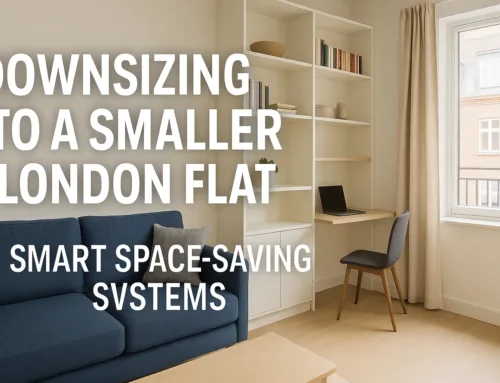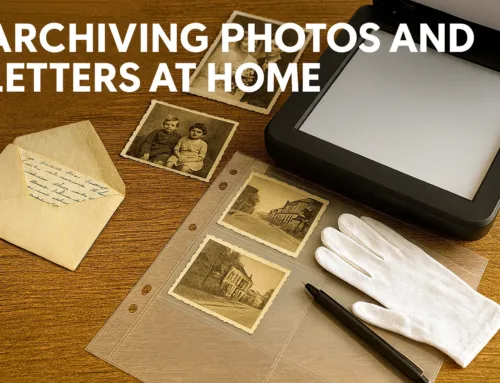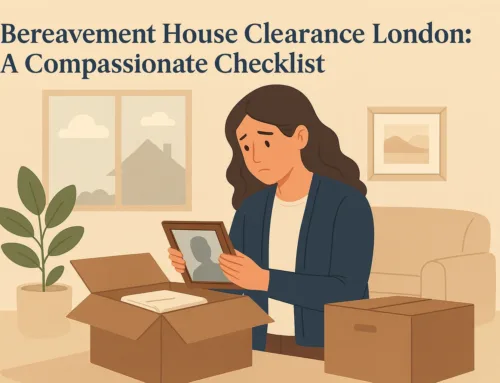Struggling with clutter and got something to get rid of? Whether it’s an old appliance, furniture or other unwanted items, people face challenges at home amidst growing tensions on business barriers and environmental and security concerns. This guide will explore the ways to donate, recycle and sell to help you declutter your space efficiently.
Key Points
- Donate, recycle or sell unwanted items to declutter and support your community.
- Use local disposal services or retailer take-back programs for safe appliance disposal, not environmental hazards.
- Develop mindful shopping habits and regular decluttering schedule to prevent future clutter and stay organized.
- Consider buying ex-display items to declutter and support sustainable practices.
How to Get Rid of Unwanted Items

Clutter can be overwhelming but sometimes you need to kill the clutter by taking extreme measures to get rid of unwanted items from your home. Donating, recycling and selling each have their own benefits. Here’s how to determine which one suits you best.
Donating items you no longer need declutters and helps those in need. Recycling programs ensures materials are reused, community sustainability.
Selling platforms gives you an opportunity to monetize unwanted items, pass them on to someone who can use them well.
Donation Options
Local charity shops are great for donating items like clothing, books and toys which are always in demand. Usable kitchen items can also find new homes through these charities.
Donating responsibly gets rid of items and helps others in your country or community.
Recycling Programs
Recycling is a great option to get rid of items you no longer need. Many areas have established centers for recycling of materials like paper, metal and plastic.
For larger electrical appliances that are no longer wanted, municipalities often have special services to collect and manage their disposal in an environmentally friendly way.
Selling Platforms
Use online marketplaces like eBay and Facebook Marketplace to earn extra income by selling ex-display items and other items you no longer need. These websites have a wide range of buyers and are good for selling everything from fashion items on Depop to home essentials on Craigslist.
By doing this you not only earn profit but also declutter your living space and it’s a win-win situation for you financially and domestically.
How to Dispose of Old Appliances
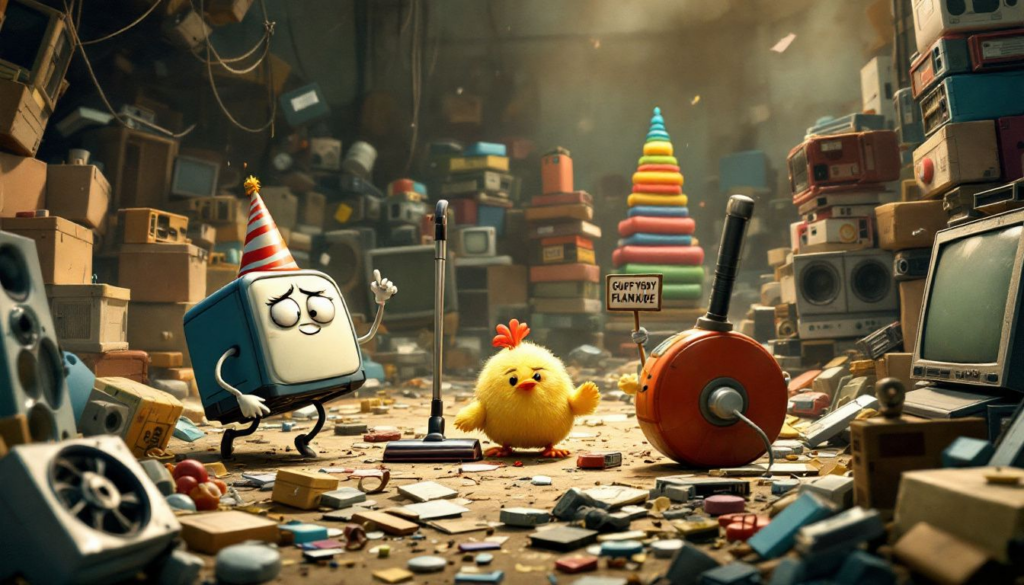
Disposing of old appliances requires careful handling to kill the risk of hazardous waste polluting the environment. Special collection services for bulky items like couches and appliances are often offered by local councils to make this process easier. By getting rid of electronic waste correctly we can ensure harmful substances don’t end up in landfills and thus protect our surroundings.
There are multiple safe ways to get rid of old appliances: using local disposal services, participating in retailer take-back schemes or DIY removal methods. Each has its own advantages and factors to consider.
Local Disposal Services
Community disposal services is a easy way to get rid of old appliances like old cookers or fridge freezers. Many charities will collect donated furniture and appliances for free to promote recycling or proper disposal.
Following area specific rules during the process of disposing old appliances reduces the environmental impact.
Retailer Take-Back Programs
Retailer take-back programs for old appliances including ex-display items makes it easier for customers to get rid of their old items when they buy new ones. With a new purchase, some retailers offer to remove old appliances for an extra charge.
This eliminates the hassle of disposing bulky items by not having to search for a disposal location.
DIY Disposal Tips
DIY disposal is an option for those who prefer a hands-on approach. Proper disposal of small appliances involves unplugging and cleaning them especially if used for food. Disassembling and cleaning items before recycling helps the process and kills off any hazardous materials.
Always check local e-waste recycling centers to comply.
Decluttering Your Home Efficiently
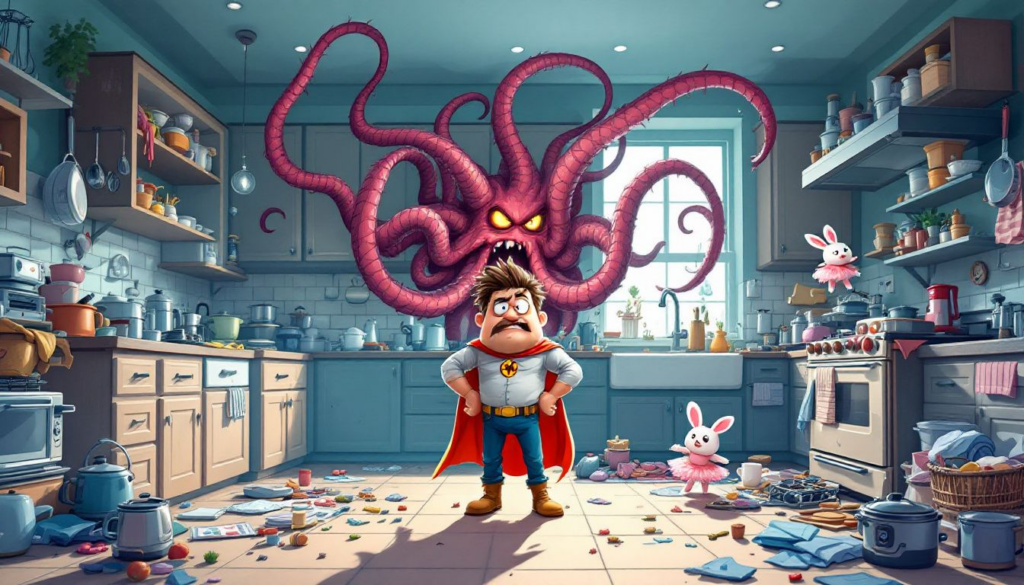
The pandemic has shown us we accumulate too much. Decluttering seems daunting. When divided into smaller, manageable chunks it becomes more doable. Typical ways of dealing with excess items is to donate, recycle or sell them.
Having clear goals in place and tackling each section sequentially keeps you focused and reduces the burden of excess. Consistently reviewing what you have helps to keep future clutter at bay.
Kitchen Declutter Tips
The kitchen can get cluttered quickly. Consider using ex-display kitchen items to declutter and identify the most cluttered areas to prioritize. Create separate piles based on usage and keep only frequently used items on countertops to streamline the process.
A checklist helps to organize tasks and gives a sense of accomplishment.
Clearing out your closet by refreshing your wardrobe is a great task. Assess each clothing item based on how recently you’ve worn it to decide what to keep or get rid of.
Organizing clothes into three groups: keep, donate, throw away helps to simplify the process and makes managing your clothes easier.
Garage Organization
Transform your garage from a mess to an organized space by sorting items into three groups: keep, donate, discard. Get rid of any hazardous materials in the garage to be safe. Use clear containers and shelving units to store tools and seasonal items.
Review your garage organization periodically to prevent clutter from building up again.
Larger Items: Furniture and Electronics
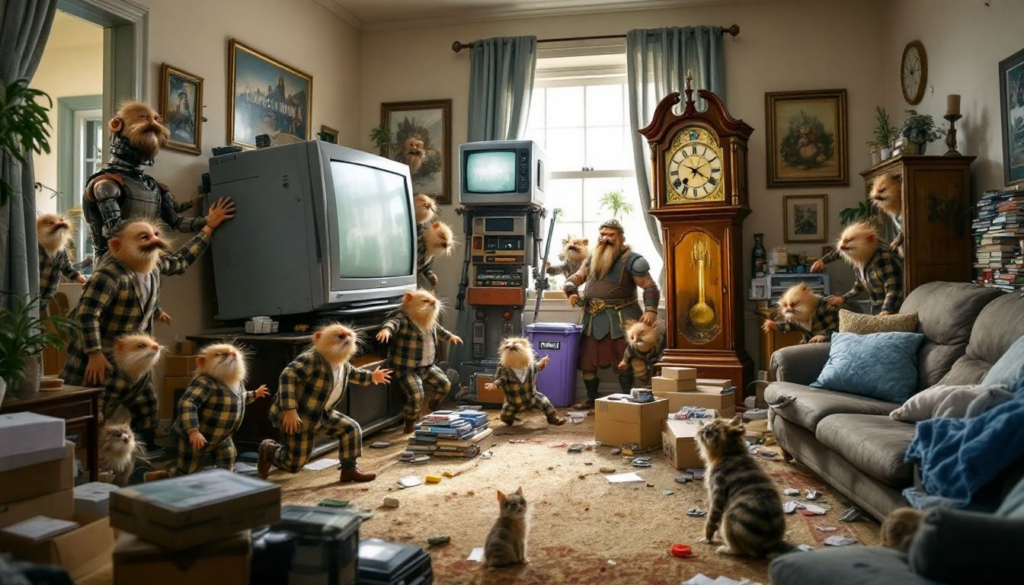
Managing big items like furniture and electronics typically requires professional service providers. These removal companies take care of transportation and disposal tasks for bulky items efficiently, many offer same day pickup.
Just like removing underperforming cast members can improve a show, getting rid of big items can improve your business and home environment. Dispose of e-waste responsibly. E-waste is a range of electronic devices that hold recoverable resources that can be extracted through recycling which reduces the amount of waste that goes to landfills.
Explore your options for dealing with these big objects.
Furniture Removal Services
Furniture removal services excel in fast collection and disposal of bulky furniture. If the items are too big to go through doorways they can break them down for safe removal.
While there is a cost involved in using these services, their convenience and ease often justify the expense.
E-Waste Disposal
Proper disposal of electronic waste is crucial to minimize ecological damage. To kill the threat of hazardous e-waste follow proper disposal methods. Electronic waste is the fastest growing type of trash but unfortunately only a fraction gets recycled.
Community recycling programs often target electronic products as they promote sustainable practices.Upcycling old furniture and gadgets is a fun and creative way to reduce waste. By turning old items including ex-display pieces into new creations you not only support sustainable practices but also add a unique touch to your home.
Upcycling also boosts resourcefulness and eco awareness.
Business Solutions for Excess Stock
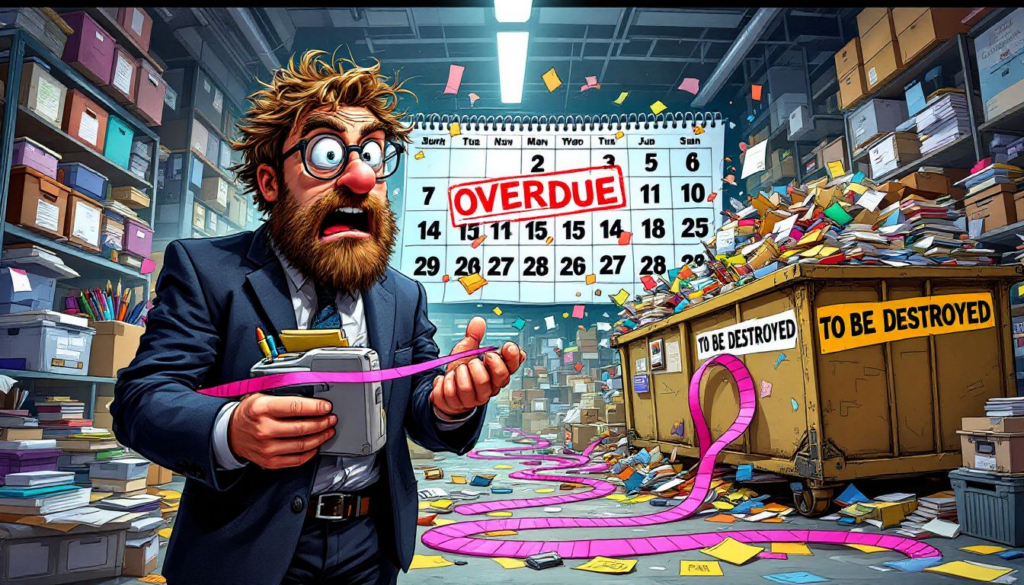
Businesses struggle with excess stock tying up cash flow and space. Inventory reduction strategies, partnering with charities and clearance sales are effective management tools.
Inventory reduction strategies include analyzing sales data and adjusting future orders to minimize excess stock. Partnering with charities allows businesses to donate unsold items, get tax benefits and support community needs.
Clearance sales attracts deal seekers and clears out unsold inventory.
Inventory Reduction Strategies
To reduce inventory effectively you need to understand the stock levels and their impact on business. Selling ex-display items as an inventory reduction strategy along with inventory stratification and minimizing order cycles allows companies to focus on more valuable items and reduce the risk of excess stock.
Partnering with Charities
Partnering with local charities is practical for businesses looking to donate unsold items. Charities accept clothing, household goods and furniture for resale or distribution to those in need. This reduces waste and supports the community.
Clearance Sales
Clearance sales gets rid of excess stock including ex-display items. Analyze sales data to identify slow moving items and target discounting and promotions.
Using seasonal trends optimizes inventory turnover by aligning stock levels with consumer demand cycles.
Preventing Future Clutter
To stop clutter from building up in your home you need to develop good habits and consistent maintenance routines. By evaluating whether you really need something before bringing it into your space you can manage the amount of stuff that accumulates. Setting aside specific times to get rid of unwanted items also stops clutter from growing over time.
Being minimalist is also beneficial. It shifts attention towards valuing experiences and connections with people rather than acquiring more stuff which contributes to a life without clutter. Apply these methods and your living spaces will be tidy and clutter free.
Mindful Shopping Habits
By being mindful in your shopping habits and considering ex-display items you can reduce impulsive buying and clutter. Focusing on buying better rather than more adds value to every purchase.
Decluttering Schedule
Having a regular decluttering schedule prevents accumulation of unwanted items. Set a specific day each month to keep your space organized and not overwhelmed.
Minimalist Life
Being minimalist reduces stress and increases satisfaction as it values experiences over material possessions. It advocates for fewer, better possessions rather than more of everything.
Conclusion
Summarize the article, reiterate the benefits of decluttering and give action points. Kill off unnecessary items to have a clutter free space which over time can improve your life and surroundings. Encourage the reader to start decluttering and how it can benefit their life and environment.

